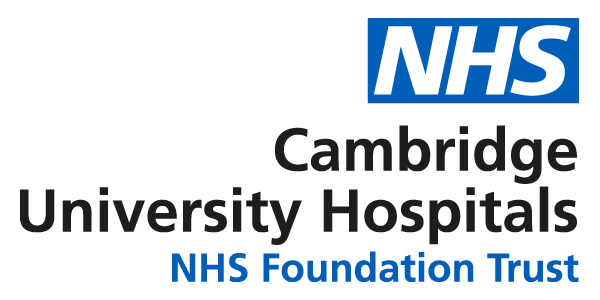Who is the leaflet for? What is its aim?
This leaflet is for patients who have injured one or more of their fingers. The aim of the leaflet is to provide information on recovery and exercises.
Following an injury to your hand you may experience some swelling and stiffness of the fingers. This is very normal and should improve with time. When a finger is injured sometimes soft tissue (tendons, ligaments and muscle) can also be involved and can make recovery slower. Also swelling (oedema) of the finger can restrict movement of a joint, making the finger stiff.
The following exercises will help to reduce stiffness and increase finger movement. When completing the exercises you may experience tightness or a pulling sensation, which is normal. If you experience a sharp pain, reduce the intensity of the exercises or stop for a couple of days to allow the pain to stop.
These exercises should only be completed if you have been advised to do so by your therapist. If done too soon, they could affect the healing of your injured finger.
Begin with your hand in a comfortable position. Complete the exercises slowly, within a comfortable range.
Flexion (bending)

Use your unaffected hand to push the large knuckle joint down into a bend as far as possible.
……...repetitions
…… times per day
…… second hold

Use your unaffected hand to push only the middle joint of your finger into a bend as far as possible.
……...repetitions
…… times per day
…… second hold

Use your unaffected hand to push only the end joint of your finger into a bend as far as possible.
……...repetitions
…… times per day
…… second hold

Use your unaffected hand to push the top two joints into a curl, keep the large knuckle joint straight.
……...repetitions
…… times per day
…… second hold

Use your unaffected hand to push all three joints of the finger down into the palm as far as possible. Make sure the tip is fully curled.
……...repetitions
…… times per day
…… second hold
Extension (straightening)

Use your unaffected hand to stretch the large knuckle joint as straight as possible.
……...repetitions
…… times per day
…… second hold

Use your unaffected hand to bend your large knuckle joint into a bent position.
Then apply pressure just above the middle joint with your thumb (as in the picture) to straighten your middle joint as far as possible.
……...repetitions
…… times per day
…… second hold

Use your unaffected hand to bend the middle joint of your affected finger into a slightly bent position.
Then apply pressure just above the top joint with your unaffected thumb (as in the picture) to straighten the top joint as far as possible.
……...repetitions
…… times per day
…… second hold

Use your unaffected hand to push all the affected fingers backwards, into a straight position, concentrating on all three finger joints.
……...repetitions
…… times per day
…… second hold
Contacts / Further Information
The Occupational therapy department is located in clinic 30 in the Addenbrooke’s Treatment Centre (ATC). The Occupational therapy reception telephone number: 01223 216769.
References / Sources of evidence
- Skirven, T. M., Osterman, A. L et al (2021). Rehabilitation of the Hand and upper extremity, 2-volume set (7th ed.). Elsevier.
- LaStayo P, Winter K, Hardy M (2003) Bone healing, fracture management and current concepts related to the hand. Journal of Hand Therapy, (16), 81-93.
We are smoke-free
Smoking is not allowed anywhere on the hospital campus. For advice and support in quitting, contact your GP or the free NHS stop smoking helpline on 0800 169 0 169.
Other formats
Help accessing this information in other formats is available. To find out more about the services we provide, please visit our patient information help page (see link below) or telephone 01223 256998. www.cuh.nhs.uk/contact-us/accessible-information/
Contact us
Cambridge University Hospitals
NHS Foundation Trust
Hills Road, Cambridge
CB2 0QQ
Telephone +44 (0)1223 245151
https://www.cuh.nhs.uk/contact-us/contact-enquiries/

